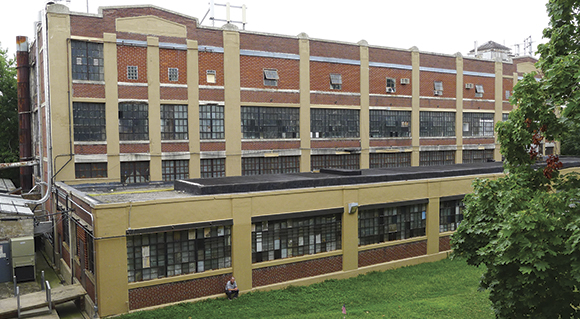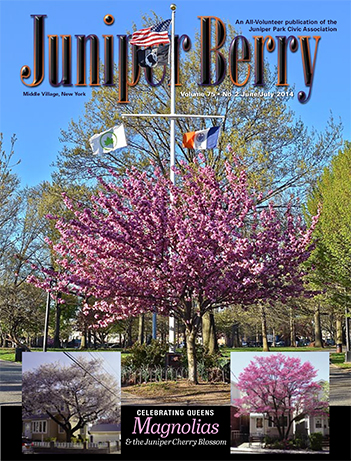If you bring your car to your mechanic and the front tires are worn out unevenly, he will tell you have to fix the problem before buying new tires. Otherwise, you are just wasting your money because in a few months, the new tires will be ruined. And if you tell him that you don’t have time to repair the car, then he will likely sell you some cheap tires just to hold you over until you fix the real issue.
The main problem we have is not that we need to build more shelters for people that do not have homes. Their being homeless is not the real issue. It is secondary, and a result of the REAL problem, which is they do not have enough money. Some people are unable to work due to either being disabled or elderly. The only solution for them is government assistance. But it has to be enough that they can afford to live-i.e. pay rent, buy food, clothes, provide for their children (if they have any), etc. The rest of that population needs to work. In that case, they either need to be able to get jobs in the fields they are trained for, or receiving vocational assistance to learn a new job. Building shelters for temporary living is just a band-aid to the real problem and just a short-term solution. The only reason it is being pushed so strongly is because the government agencies that oversea it are trying to justify their existence, and the private businesses that want to run these shelters want to make money from them. The money being spent to care for each family-over $44,000 per year, would be better spent putting them in permanent housing. Some of the homeless are disabled and/or elderly and not capable of living independently. They would need to living in assisted living housing–which is what our government should be building, along with working alongside building owners and developers to create affordable housing. Needless to say, any type of housing, be it shelters, assisted living, or permanent homes, needs to be located near public transportation and not be on polluted ground.
Another useful skill many of us could benefit from, especially those with limited income, is financial planning. If you do not have much money, then you should be spending it responsibly and not on smart phones, premium cable service, fancy cars, clothes, and sneakers, expensive gaming systems, etc. We have all heard stories about seeing people use food stamps to buy ridiculously expensive food, cigarettes, and even selling them at a loss for cash. People have to be educated on how to make the most of their money or else they will spend it frivolously and wind up in trouble again.
A wise old saying goes something like this: “If the government gives a man a fish, he eats for a day. But if they train him and teach him how to fish, then he will eat for his lifetime.” And I would add to that: “If that man teaches his children, his family, and his friends how to fish, then they will all eat for the rest of their lives. The big bonus here is that the government will not have to spend money buying people fish anymore” (that is, until we overfish the waters to the point of extinction, but that’s another story). We have to concentrate on preventing poverty, and then homelessness problem will eliminate itself.
So the real solution is to have residential housing for people that need assisted living, short-term temporary housing for those that need a place to stay until they can find a permanent home, aggressive vocational training so that everyone has the skills needed to obtain and maintain employment, and daycare/after school programs so the children have a place to be until their parents come home from their jobs.
Even if the city insists on building more shelters, it does have guidelines to follow.
According to the DHS (Department of Homeless Services), families in need of their service must enroll with PATH (Prevention Assistance and Temporary Housing). There is only one place to apply–151 East 151st Street in the Bronx. The directions they supply require you to take a subway then walk 4 blocks (apparently no bus service is available). This does not seem convenient, especially for families with young children or infants. They attempt to place all eligible families in shelters located in the community that they used to reside in. Further, they have some requirements.
Expectations for Families with Children in Shelter:
• Cooperate in carrying out, developing and completing their ILP, which includes steps toward obtaining permanent housing
• Applying for Public Assistance (PA) and completing all requirements necessary for establishing and maintaining eligibility for PA benefits
• If able to work, actively seeking employment and accepting a suitable job offer when it is offered
• Working closely with their caseworker or housing specialist to locate and view available apartments
• Actively seeking permanent housing by viewing available apartments several times per week.
All of these expectations are very good, but it does raise some concerns. First, who will take care of the children? Second, how are they supposed to maintain a full time job and at the same time apply for benefits, meet with their case worker, and look at apartments several times a week? They would need a very understanding boss to get that much time off. More importantly, every family shelter should be located in close proximity to public transportation. I would assume that family shelters will also use vans to transport people to their various meetings, which means that shelters should also be located in areas with minimal traffic volume and have an entrance which is easy to enter and exit. Finally, since children are a main priority here, it would be imperative that nearby schools have available seats. Available daycare centers would also be needed to take care of those too young to attend school. And some after-school programs would need to be implemented so the children have a place to go after school, do their homework, and be kept entertained and busy until their parents finish work.
Cooper Avenue location is not appropriate
With all of these considerations in mind, the location that DHS has chosen on Cooper Avenue is wrong for just about every reason stated above. The ground is polluted and would cost millions of dollars to clean. The area is not residential and conducive for a family to live in-it is industrial and surrounded by factories. The nearest subway station is three quarters of a mile away. Access to the building is very poor. Cooper Avenue is generally congested with traffic which backs up through the underpass. To get into the proposed shelter travelling West on Cooper Avenue, you would have to make a left turn and go across the East bound traffic. The tunnel adjacent to this intersection only provides one lane of traffic in each direction, so cars behind you would all have to stop because there would not be room to pass. Entering the property while travelling East on Cooper Avenue would create similar chaos, as all traffic behind you would have to stop while you make the right turn. None of this is moot; with 125 families, there would be a significant number of vehicles entering and exiting the facility (staff, case workers, vans with occupants, deliveries of supplies, etc.) All of the nearby schools are in District 24 which is the most overcrowded district in New York City. According to the latest reports, there are approximately 50 homeless families in the area. This means that 75 families-over half the population-will be brought in from other neighborhoods. This is against the very guidelines which DHS recommends. Another issue to contend with is the increase in crime around shelters. Rather than provide a bunch of statistics, I welcome those reading this to do a quick search on the internet so you can see for yourself what I mean.
If the city insists on creating new temporary housing for the homeless, perhaps it could do so in a less obtrusive manner. The Juniper Park Civic Association supports homeless facilities that BLEND into the neighborhood. Middle Village and Glendale are made up of mostly 1-2 and 3-family homes. I’m sure that residents would be willing to accept smaller 3-family facilities that would blend into the community and not have a negative impact on neighborhood.




